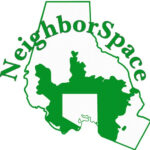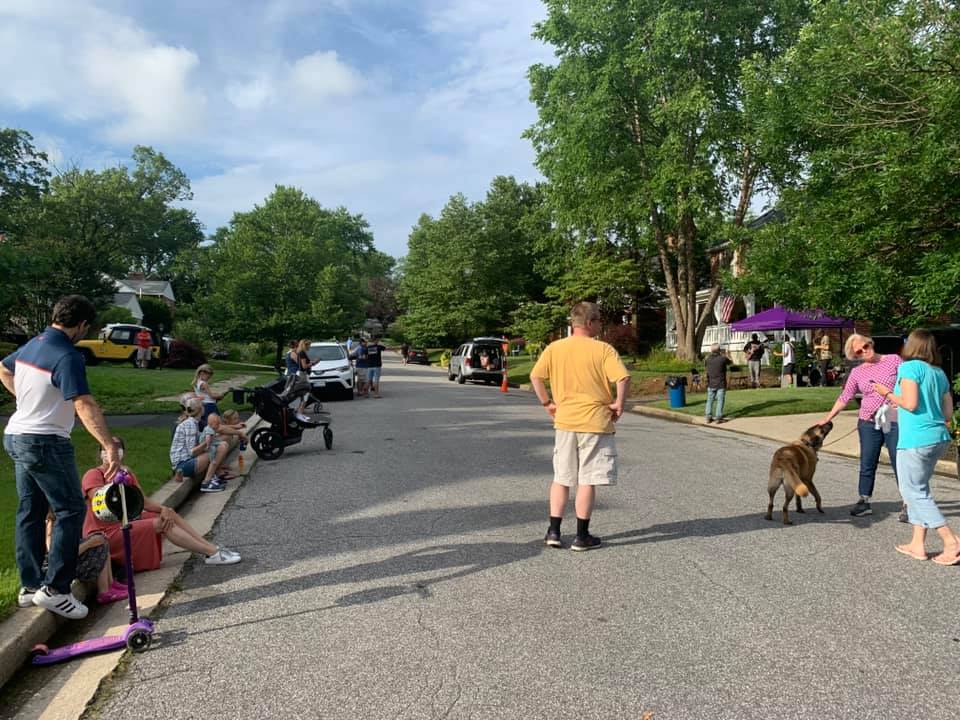Where We Really Want to Live: A Place Where We Feel Like We Belong
I was thinking the other day about how much I love the neighborhood where I live. When my family and I moved to Baltimore, we chose a neighborhood based on the cost of housing, proximity to work, walkability, quality of schools, and the availability of public utilities. This seems like an exhaustive list, but one item not on our list was community cohesion, i.e., the extent to which a neighborhood makes people feel confident that they “belong” and can rely on other neighbors.
Community cohesion is important to improving quality of life, which lies at the heart of the NeighborSpace mission. It is my intention, here, to talk about (1) how living in a cohesive neighborhood has improved my quality of life and the lives of others; (2) the important role that open space can play in fostering cohesion; (3) and how cohesive communities can foster volunteerism and philanthropy.
(1) My Experience
When we moved into our community of fewer than 300 households inside the URDL, we didn’t know a soul, and, at first, that was challenging. Once we learned our neighborhood hosted informal monthly block parties (pre-covid), we attended, and the quality of our lives began to improve. We got to know and trust other people and came to realize that our neighbors really cared about and for one another.
Due to the constraints of Covid-19, the monthly block parties have turned into walk-about musical discoveries with local food trucks. In some ways, this has been even more successful than the block party as more of the community is able to participate in a multi-location event. Collectively, we have been able to support local artists and restaurants, who’ve been hard hit by the pandemic, through these events. We’ve also used the events to draw attention to the needs of those less fortunate and to raise money for local charities.

(2) The Role of Open Space
The street has been the venue for many of our events. We certainly wish there were an open space for our monthly gatherings (and we have our eye on one). That seems to be the case for many of you, too. In a recent survey, we asked for your thoughts on properties NeighborSpace has conserved and for ideas about new properties. (We’ll have a lot more to say about the survey results next month). Half of the people that commented wanted a greenspace added to their community. More than three-quarters stated that they would like to see exercise, sports, and educational programming on those sites. People crave cohesion and well-programmed open space can foster it like nothing else.
In the Dunmore Community in Catonsville, for example, neighbors gather at the NeighborSpace Levickas Woods site annually for a chili cook-off. It’s an event that is enjoyed by people young and old, as well as family pets.
At Ridgely Manor Park in Towson, there are trick or treating activities at Halloween and visits with Santa in the small pavilion at Christmas. With the onset of the pandemic, throngs of children and parents can be found at the playground in the afternoons. On a recent visit, one resident told us, “we’ve stayed in the neighborhood because of this.”
(3) Fostering Volunteerism and Philanthropy
I mentioned, above, how my community has used social events to support local artists and raise money for causes. We also have many children involved in extracurricular programs like scouting. Typically, these programs require kids to complete service projects and I’d like to suggest, here, that if you find yourself in that situation, consider contacting our Program Manager, Patrick Filbert. We have 21 sites across the county where we need help planting and pruning, trees, shrubs and perennials, removing invasive species, mulching trails, and now (following our survey) building and installing bird and bat houses. We would be happy to discuss other types of service projects as well.
In closing, I didn’t choose the neighborhood where I now live because it’s a place where I thought I might feel like I belonged. But that factor has turned out to make all the difference, not just in my life, but in the lives of many others.

